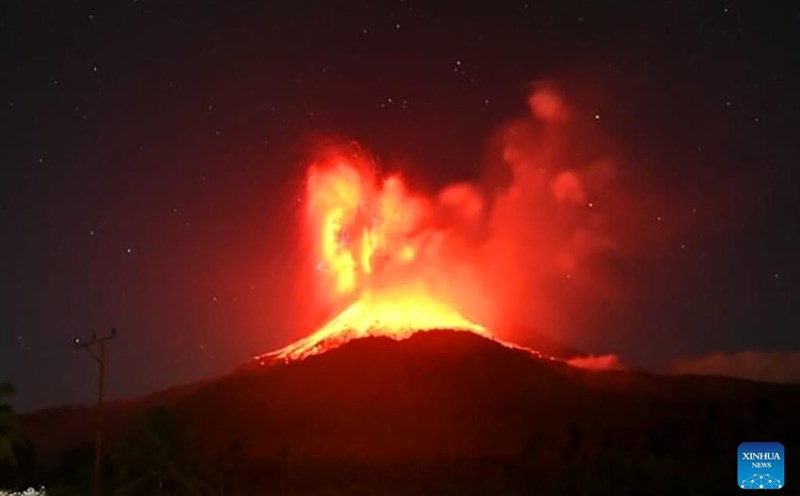On August 25, the Tokyo government released an artificial intelligence-generated video simulating the scenario of the Phu Si mountain explosion and the impact of ash and dust on the city.
This is the first time AI technology has been used to raise public awareness of possible volcanic disasters.
According to the three-minute simulation video, ashes and dust will begin falling on Tokyo about one to two hours after the volcano is active, with an estimated thickness of 2 to 10cm. Although Phu Si Mountain is about 100km from the capital, the wind can bring ash to cover the entire city.
Volcanic ash is described as smooth, sharp particles, causing harm to health. When dry, ashes and dust cover railways and runways, paralyzing trains and airplanes. When moist, they become electrical conductors, easily causing power outages, seriously affecting the power grid and communication.
Road traffic was also severely affected. Observation is reduced, tires are slippery, while two-wheeled vehicles are said to be unable to operate if the ashes fall more than 10cm thick in dry conditions, or 3cm when it rains.
The risk of public transport disruption will cause many people to be stuck, similar to the situation after the 2011 earthquake. The government recommends that people stock up on enough food for at least three days, beware of stores running out of goods due to slow transportation.
The video also warns about the health effects: ash can irritate the eyes and respiratory tract, especially dangerous for people with asthma. People are advised to wear masks and protective glasses when going out to minimize damage.
An explanatory voice in the video emphasized: Since we do not know when Phu Si Mountain will explode and cover Tokyo with ashes, everyone needs to prepare from now to protect themselves and their families.











